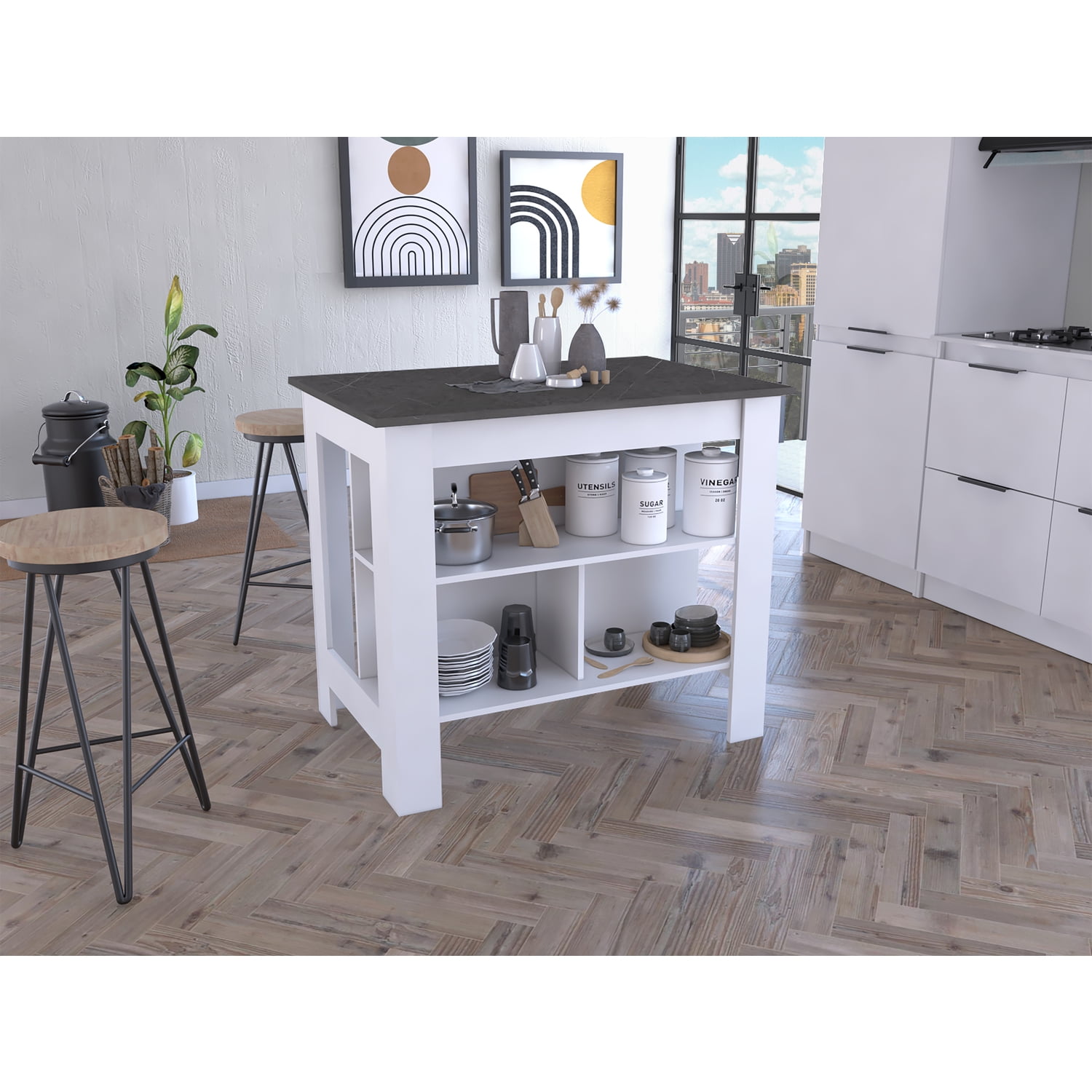Customize Your Kitchen Look with Distinct Legs For Kitchen Island Choices
Customize Your Kitchen Look with Distinct Legs For Kitchen Island Choices
Blog Article
An Overview to Choosing the Perfect Legs For Kitchen Island for Your Home
Picking the perfect legs for your kitchen area island is a nuanced choice that influences both the functionality and visual charm of this main room. Variables such as height, materials, and style play an important duty in harmonizing your island with the overall kitchen area style. Furthermore, recognizing the relevance of security and upkeep can significantly influence your selection. As you consider these components, it ends up being apparent that the ideal legs can transform not just the look of your kitchen but also its usability for years to come. What particular functions should you prioritize in this selection process?

Comprehending Kitchen Island Legs
When choosing legs for a kitchen island, it's necessary to understand their aesthetic and useful roles in the general layout. The legs serve as a critical support system, making sure stability and longevity for the island, which frequently operates as a work area, eating location, or gathering area. Therefore, the option of product and building and construction technique need to be durable adequate to endure everyday usage and possible wear.
Along with their architectural responsibilities, legs contribute considerably to the island's visual charm. They can improve the cooking area's design, whether via traditional, contemporary, or diverse styles. The height and percentage of the legs are likewise important factors to consider; they have to harmonize with the island's countertop height while ensuring comfy seating for those using the space.
Moreover, the leg design can influence the overall circulation of the cooking area. Open, ventilated leg designs can produce a sense of lightness, while strong, significant legs might communicate a much more based and steady aesthetic - Legs For Kitchen Island. Comprehending these useful and visual facets will direct house owners in making educated options that complement their kitchen's design and boost its functionality
Popular Styles and Materials
The choice of legs for a kitchen area island includes a selection of preferred styles and products, each offering distinct characteristics that can improve both capability and looks. Traditional legs normally exhibit elaborate information and workmanship, enhancing traditional cooking area layouts.

Elevation and Stability Factors To Consider
:max_bytes(150000):strip_icc()/pink-marble-tile_House-of-Harvee-9f030193ae38484a9cb7ea2d71af66f4.jpg)
The legs of the cooking area island ought to give sufficient assistance, guaranteeing that the framework can withstand day-to-day use without wobbling or changing. Product option plays a significant role in security; metal legs, for instance, tend to provide better strength contrasted to timber.
Matching Your Kitchen Area Visual
Choosing the ideal legs for your cooking area island goes past capability; it also plays a significant role in the overall aesthetic of the space (Legs For Kitchen Island). When choosing legs, consider the design find out style of your kitchen area.
Legs that match or contrast with your island's surface and surrounding kitchen cabinetry can develop visual harmony or striking focal factors. Furthermore, consider the coating of the legs; matte, shiny, or textured coatings can dramatically affect the overall feeling of the kitchen area.
Installation and Upkeep Tips
Setting up cooking area island legs needs careful focus to detail to ensure both security and aesthetic allure. Begin by choosing an ideal place for your island, ensuring it is level and has ample room for movement. If you are affixing the legs to a wall surface or utilizing brackets for included support, make use of a stud finder to situate wall studs. Mark the positioning of the legs accurately prior to drilling.
When safeguarding the legs, use top notch screws and, if required, timber adhesive for additional strength. For metal legs, make certain that you are making use of suitable supports and devices to avoid damage to your floor covering. It is advisable to inspect for levelness after setup, making changes as required to avoid wobbling.
Maintenance is similarly vital for longevity - Legs article source For Kitchen Island. On a regular basis examine the legs for any indications of wear or helping to loosen, specifically in high-traffic locations. Tidy the legs with a suitable cleaner, avoiding abrasive materials that may scrape the surface. For wooden legs, think about using a timber conditioner occasionally to keep their coating. By following these installation and maintenance ideas, you can make sure that your kitchen island legs remain both useful and aesthetically appealing.
Final Thought
In final thought, selecting the appropriate legs for a kitchen island demands cautious consideration of height, security, and visual compatibility. By selecting suitable products and designs that line up with the overall cooking area style, functionality can be boosted while keeping visual allure. Appropriate setup and ongoing upkeep even more contribute to the longevity and long life of the kitchen island. Inevitably, thoughtful leg choice plays an important role in boosting both the practicality and layout of the kitchen area room.
When picking legs for a kitchen island, it's crucial to comprehend their useful and aesthetic functions in the total design. Open, airy leg designs can create a sense of agility, while strong, substantial legs might share a more grounded and steady visual. The legs of the kitchen island must give sufficient assistance, ensuring that the structure can stand up to day-to-day use without changing or wobbling.Installing kitchen area island legs calls for mindful attention to detail to make sure both security and visual allure.In conclusion, selecting the suitable legs for a kitchen area island demands mindful factor to consider of height, stability, and aesthetic compatibility.
Report this page